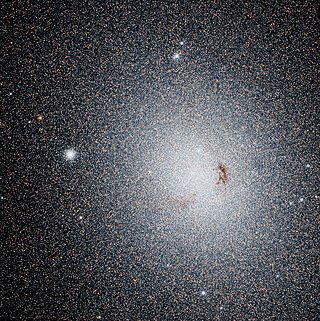
NGC 185 is a dwarf spheroidal galaxy located 2.08 million light-years from Earth, appearing in the constellation Cassiopeia. It is a member of the Local Group, and is a satellite of the Andromeda Galaxy (M31). NGC 185 was discovered by William Herschel on November 30, 1787, and he cataloged it "H II.707". John Herschel observed the object again in 1833 when he cataloged it as "h 35", and then in 1864 when he cataloged it as "GC 90" within his General Catalogue of Nebulae and Clusters. NGC 185 was first photographed between 1898 and 1900 by James Edward Keeler with the Crossley Reflector of Lick Observatory. Unlike most dwarf elliptical galaxies, NGC 185 contains young stellar clusters, and star formation proceeded at a low rate until the recent past. NGC 185 has an active galactic nucleus (AGN) and is usually classified as a type 2 Seyfert galaxy, though its status as a Seyfert is questioned. It is possibly the closest Seyfert galaxy to Earth, and is the only known Seyfert in the Local Group.

NGC 514 is a low-luminosity, intermediate spiral galaxy in the equatorial constellation of Pisces, located at a distance of approximately 83 million light-years from the Milky Way. It was discovered on 16 October 1784 by astronomer William Herschel. The general form of the galaxy is specified by its morphological classification of SAB(rs)c, which indicates it has a weak bar system at the core (SAB), an incomplete ring formation around the bar (rs), and somewhat loosely-wound spiral arms (c). This galaxy has an H II nucleus with an extended region that displays weak emission lines in the optical range, but not in the near infrared. The suspected supermassive black hole at the core has an estimated mass of 3.2×106 M☉.

NGC 168 is a lenticular galaxy located in the constellation Cetus. It was discovered in 1886 by Frank Muller.
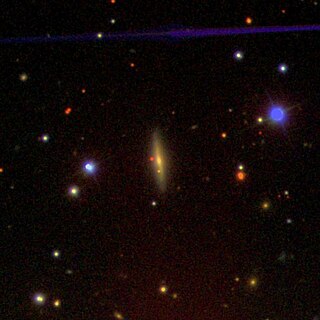
NGC 184 is a spiral galaxy located in the constellation Andromeda. It was discovered on October 6, 1883, by Édouard Stephan.
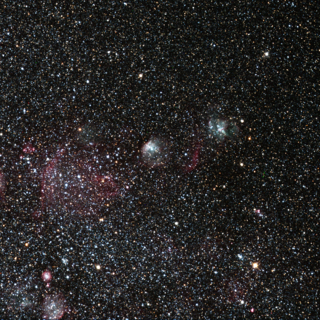
NGC 261 is a diffuse nebula located in the constellation Tucana. It was discovered on September 5, 1826, by James Dunlop.

NGC 267 is an open cluster in the Small Magellanic Cloud. It is located in the constellation Tucana. It was discovered on October 4, 1836, by John Herschel.
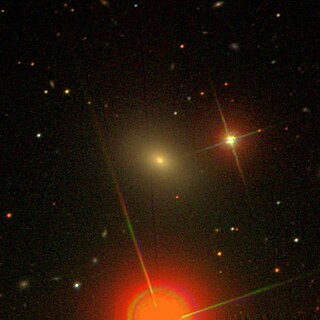
NGC 282 is an elliptical galaxy in the constellation Pisces. It was discovered on October 13, 1879 by Édouard Stephan.

NGC 294 is an open cluster located in the Small Magellanic Cloud in the constellation Tucana. It was discovered on April 11, 1834, by John Herschel, although it was possibly observed on September 5, 1826, by James Dunlop.

NGC 304 is a lenticular galaxy in the constellation Andromeda. It was discovered on October 23, 1878, by Édouard Stephan.
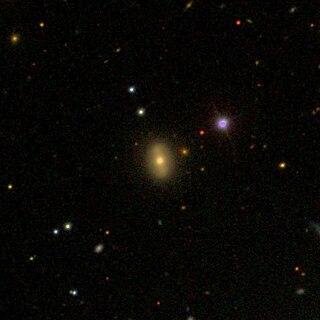
NGC 318 is a lenticular galaxy in the constellation Pisces. It was discovered on November 29, 1850 by Bindon Stoney.
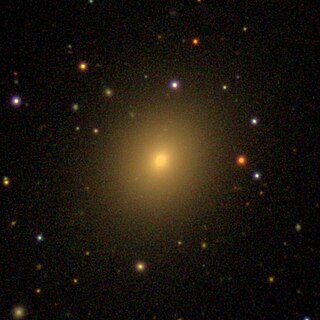
NGC 777 is an elliptical galaxy in the constellation of Triangulum. It was discovered by William Herschel on September 12, 1784. It has a weak active nucleus of type Seyfert 2 or LINER 2, implying that the central region is obscured. It may be an outlying member of galaxy cluster Abell 262.

NGC 373 is an elliptical galaxy located in the constellation Pisces. It was discovered on December 12, 1876 by John Louis Emil Dreyer. It was described by Dreyer as "very faint, very small."
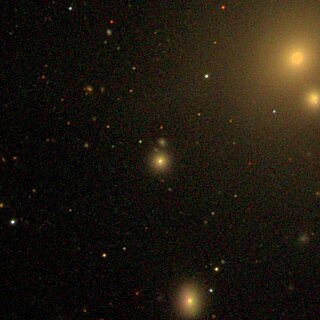
NGC 387 is an elliptical galaxy located in the constellation Pisces. It was discovered on December 10, 1873 by Lawrence Parsons. It was described by Dreyer as "very faint, small, round." Along with galaxies NGC 375, NGC 379, NGC 382, NGC 383, NGC 384, NGC 385, NGC 386 and NGC 388, NGC 387 forms a galaxy cluster called Arp 331.

NGC 410 is an elliptical galaxy located in the constellation Pisces. It was discovered on September 12, 1784 by William Herschel. It was described by Dreyer as "pretty bright, pretty large, northeastern of 2.", the other being NGC 407.
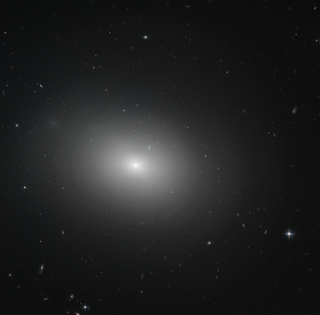
NGC 5982 is an elliptical galaxy located in the constellation Draco. It is located at a distance of circa 130 million light years from Earth, which, given its apparent dimensions, means that NGC 5982 is about 100,000 light years across. It was discovered by William Herschel on May 25, 1788.

NGC 3489 is a lenticular galaxy located in the constellation Leo. It is located at a distance of circa 30 million light years from Earth, which, given its apparent dimensions, means that NGC 3489 is about 30,000 light years across. It was discovered by William Herschel on April 8, 1784. NGC 3489 is a member of the Leo Group.

NGC 5363 is a lenticular galaxy located in the constellation Virgo. It is located at a distance of circa 65 million light years from Earth, which, given its apparent dimensions, means that NGC 5363 is about 100,000 light years across. It was discovered by William Herschel on January 19, 1784. It is a member of the NGC 5364 Group of galaxies, itself one of the Virgo III Groups strung out to the east of the Virgo Supercluster of galaxies.

NGC 2964 is an intermediate spiral galaxy located in the constellation Leo. It is located at a distance of circa 60 million light years from Earth, which, given its apparent dimensions, means that NGC 2964 is about 60,000 light years across. It was discovered by William Herschel on December 7, 1785.

NGC 972 is a dusty spiral galaxy in the northern constellation of Aries, located at an approximate distance of 49.8 Mly from the Milky Way. It was discovered in 1784 by William Herschel. The galactic features suggest it may have undergone a merger with a gas-rich companion, giving it asymmetrical arms, plus starburst activity in the nucleus and an off-planar nuclear ring. The inner 3.6 kpc of the galaxy is undergoing star formation at the rate of 2.1–2.7 M☉·yr−1, but it lacks a nuclear bulge.
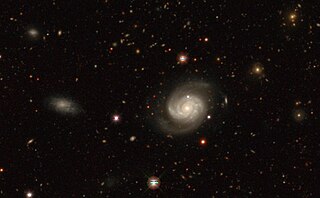
NGC 7812 as is an intermediate spiral galaxy in the constellation Sculptor. The galaxy was discovered on 25 September 1865 by Sir John Hershel. At its widest, it measures approximately 100-thousand light years across, and is 315 million light years away from Earth.




















